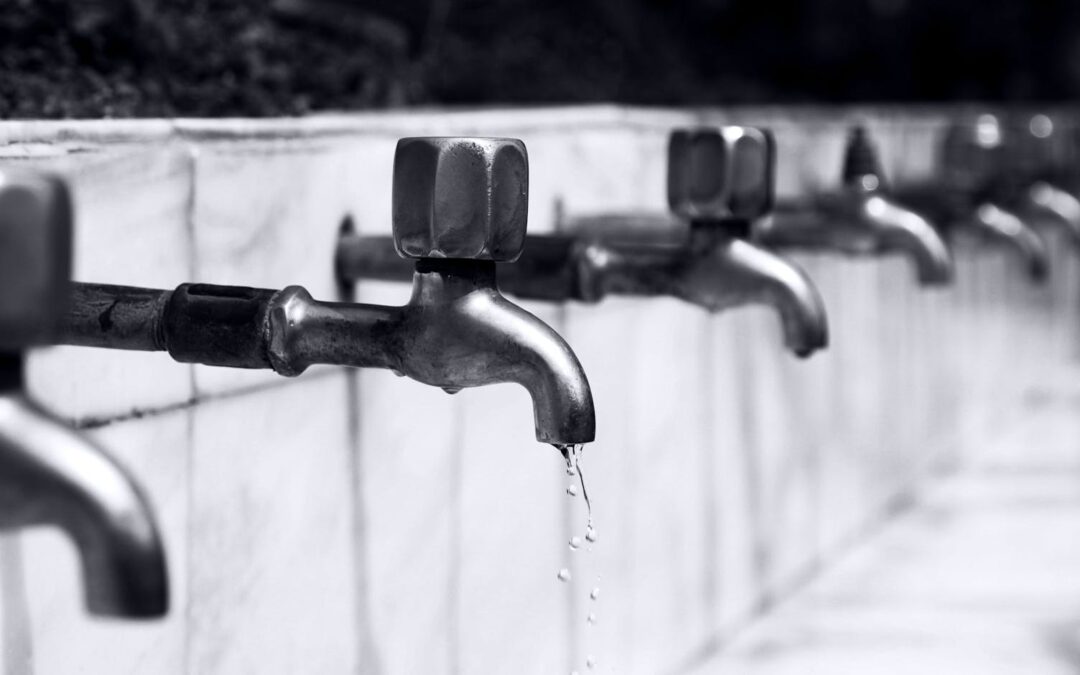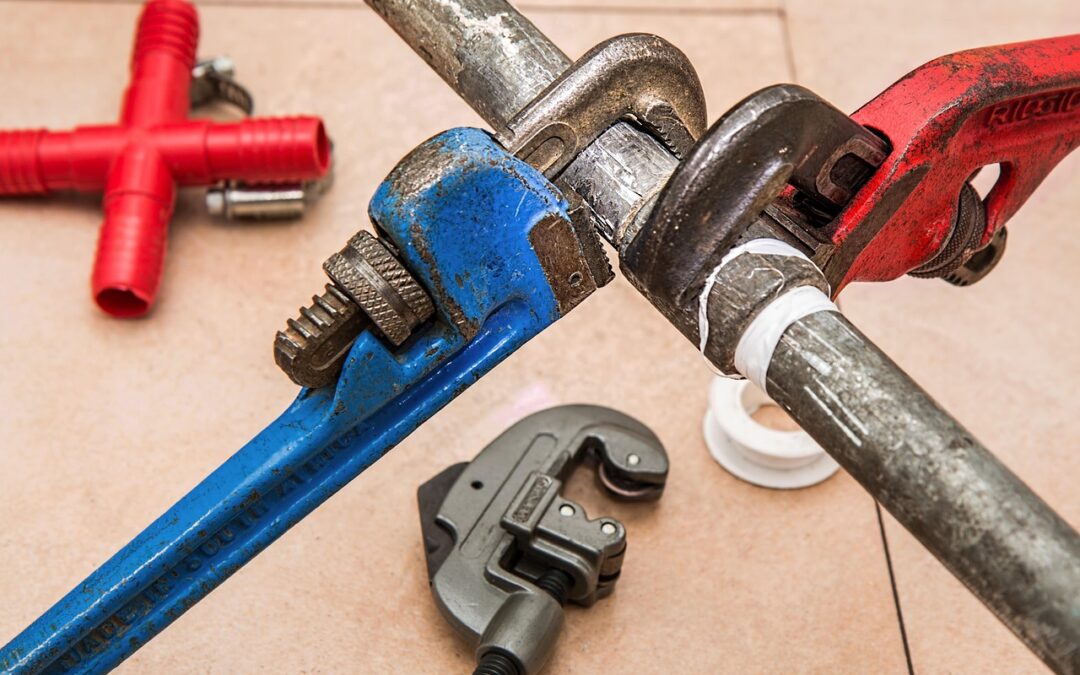If you’re like most people, the words “sewer snake” probably make you quiver. It sounds like something out of a horror movie! But don’t worry – using a sewer snake is very simple and can be a lifesaver in many different situations. It is incredibly useful when it comes to cleaning your drains and sewer lines.
In this blog post, we’ll discuss everything you need to know about a sewer snake: what it is to how to use it effectively. So whether you’re a beginner or an experienced user, read on for tips and tricks to help you get the most out of your sewer snake!
What Is A Sewer Snake?

Schedule Service Online
Get a free estimate so you know what you're signing up for
"*" indicates required fields
For Emergency Services Call: 410-255-9300
A sewer snake is an incredibly useful plumbing tool. It’s a long, flexible metal cable (usually 40-100 feet) that can be inserted into drain lines or sewer pipes to remove clogs. The tip of the sewer snake has a corkscrew-like auger on the end that breaks up clogs and allows water or sewer waste to flow freely. Plumbers often use drain snakes, but they can also be used at home by anyone who knows how to use them correctly.
Sewer drain snakes are used for several different household plumbing tasks. They are often used when the clog is too big for a plunger to solve. Compared to plungers, these tools are far more powerful; however, they require a bit of skill to operate.
They can be used to remove clogs from sewer lines, clean out sinks (kitchen sinks and bathroom sinks) and bathtub drains, and even clear out sewer main line blockages. Sewer snakes are also useful for clearing stubborn tree roots infiltrating sewer pipes. It’s a great way to maintain your plumbing system and avoid costly repairs.
How Does A Drain Snake Work?
The drain snake breaks up clogs with its flexible cable and auger tip. The sewer snake is inserted into the sewer pipe or drain line and then twisted in a circular motion. This action breaks up the clog and allows sewer waste to flow freely.
It’s important to keep twisting the sewer snake until the clog has been completely broken up; otherwise, it won’t be effective at clearing out your sewer lines. The drain auger can be maneuvered around bends in the pipe and can even reach further down the sewer line if necessary.
Types Of A Drain Cleaning Machine

There are two major drain cleaning machines: manual sewer snakes and electric sewer snakes.
Manual Drain Cleaner
A manual drain cleaning machine is the most commonly used type, as it can be operated by hand without the need for electricity. They are less powerful than electric sewer snakes, but they have an advantage because they don’t require a power source.
Electric Drain Cleaner
An electric drain cleaning machine, on the other hand, is more powerful than manual sewer snakes, and they can reach further down sewer lines. However, they require a power source (usually an extension cord) to operate.
Tools You Need To Snake Your Drain
If you’re using a drain snake, it’s important to have the right tools. You’ll need the following:
Plumbers Augers
A drain auger has a long, flexible metal cable with an auger on the end. This is what breaks up clogs in sewer lines or drain pipes. This can be purchased at a hardware or plumbing supply store near you.
Safety Glasses & Leather Gloves
When snaking your drain, it’s important to wear safety glasses and gloves to protect yourself from debris and potential sewer hazards.
Drain Cleaner
Some drain cleaners are specially formulated to break up clogs, which can be used in combination with a sewer snake if necessary.
Flashlight
Since sewer lines and drain pipes are often dark, it can be useful to have a flashlight handy, so you can see what you’re doing.
Bowl Or Bucket
It’s helpful to have a bowl or bucket near the drain opening in case any sewer water or debris starts to back up.
Rags Or Old Towels
It’s a good idea to have some rags or old towels on hand in case you need to wipe up any messes made by sewer water or debris.
How Do I Use A Sewer Snake?

Using a sewer snake is not difficult, but it does require some skill and experience. Once you’ve got the sewer snake and all the necessary safety equipment, it’s time to get started.
Safety
Before you start snaking, make sure to put on your safety glasses and gloves. It is imperative to protect yourself from sewer water and any debris that could come up.
Locate Sewer Line
Using a flashlight, locate the sewer line or drain pipe you want to snake.
Prepare The Drain Or Pipes And Insert The Auger
You start by sending the spring down the drain or removing the p-trap. The P-trap is the curved pipe under the sink, which can be loosed by hand or wrench. By removing the p-trap, it becomes easier to snake out any clogs.
You may even be lucky enough to find the obstruction in the trap itself, which is an effortless fix! If not, you’ll need to send the drain snake into the sewer pipe. Carefully insert the drain snake into the sewer line, making sure not to jam it too hard against the inside of the pipe.
Twist And Turn
Once your sewer snake is in the drain or pipe, begin uncoiling the spring by rotating the handle. This helps break up any clogs or obstructions blocking sewer flow. Continue twisting until the sewer line is clear and all debris is removed.
Remove Sewer Snake
Once your sewer line is clear, carefully remove the drain snake from the drain. Use a rag or towel to wipe off any sewer water and debris that may have come up during the process.
Test Drain Flow
Run water through the sewer line to test drain flow. If everything is flowing smoothly, your sewer snake has done its job!
Clean Sewer Snake
When you’re done snaking, it’s important to clean the sewer snake. Use a brush or cloth to wipe down the sewer snake and remove any sewer water or debris that may have built up during use.
Tips & Tricks For Using A Drain Auger

1. Start Small
If you’re using a sewer snake for the first time, it’s best to start small to get a feel for how it works. Try using a smaller sewer snake on an easier drain before attempting anything larger or more difficult.
2. Take Your Time
Don’t rush when snaking your sewer line, as this can lead to mistakes and potential sewer hazards. Take your time, and be sure to follow the instructions carefully.
3. Practice Safety
As mentioned above, safety is important when snaking sewer lines or drain pipes. Make sure to wear your safety glasses and gloves during use, as well as any other protective gear necessary for the job to protect yourself from sewer hazards.
4. Have A Plan
Before snaking your sewer line, have a plan for what needs to be done and how. You don’t want to end up in an unfamiliar sewer system with no clue where you’re going or what you’re doing!
5. Drain Cleaning Products
Use drain cleaning products in combination with your drain auger if necessary. Drain cleaners are specially formulated to break up tough clogs and can be used in combination with sewer snakes for tougher jobs.
6. Call A Professional
If all else fails, it’s best to call a professional sewer cleaning company. They have the expertise and experience to handle tough sewer clogs and sewer line issues.
How To Care For Your Drains And Sewer Lines
1. Don’t Pour Grease Down The Drain – Grease can harden and clog your sewer line. Instead, dispose of grease in a sealed container and place it in the trash.
2. Avoid Flushing Anything Other Than Toilet Paper – Flushable wipes, sanitary napkins, diapers, and other items can clog sewer lines.
3. Keep Drain Strainers In Place – Drain strainers help keep larger pieces of debris from entering your sewer line, which could eventually cause a clog. Make sure to clean out the filter regularly to ensure it is doing its job properly.
4. Use A Sewer Snake Regularly – Regular sewer snake use will help prevent sewer line clogs before they start.
5. Keep Sewer Lines Free Of Debris – It’s best to keep sewer lines clear of leaves, twigs, and other debris that can accumulate in sewer pipes. Routine sewer line maintenance is essential to keeping your sewer system functioning properly.
6. Call A Sewer Professional – If you have sewer line issues, it’s best to call a professional plumber for help. They can provide proper sewer pipe inspections, sewer snake services, and more.
Conclusion

Using a sewer snake is an effective way to break up drain clogs and keep sewer lines clear. You can use a sewer snake safely and effectively with the right safety precautions, tools, and knowledge.
It is also important to take steps to prevent sewer line issues in the first place by avoiding things like grease down the drain, flushing items other than toilet paper, and keeping sewer lines clear of debris. If all else fails, call a sewer professional for help.
MD Sewer and Plumbing Service is here to help with your sewer needs. From sewer cleaning services to sewer pipe inspections and snake services, we can take care of you and your sewer system.
Contact us today for more information or to schedule an appointment.




